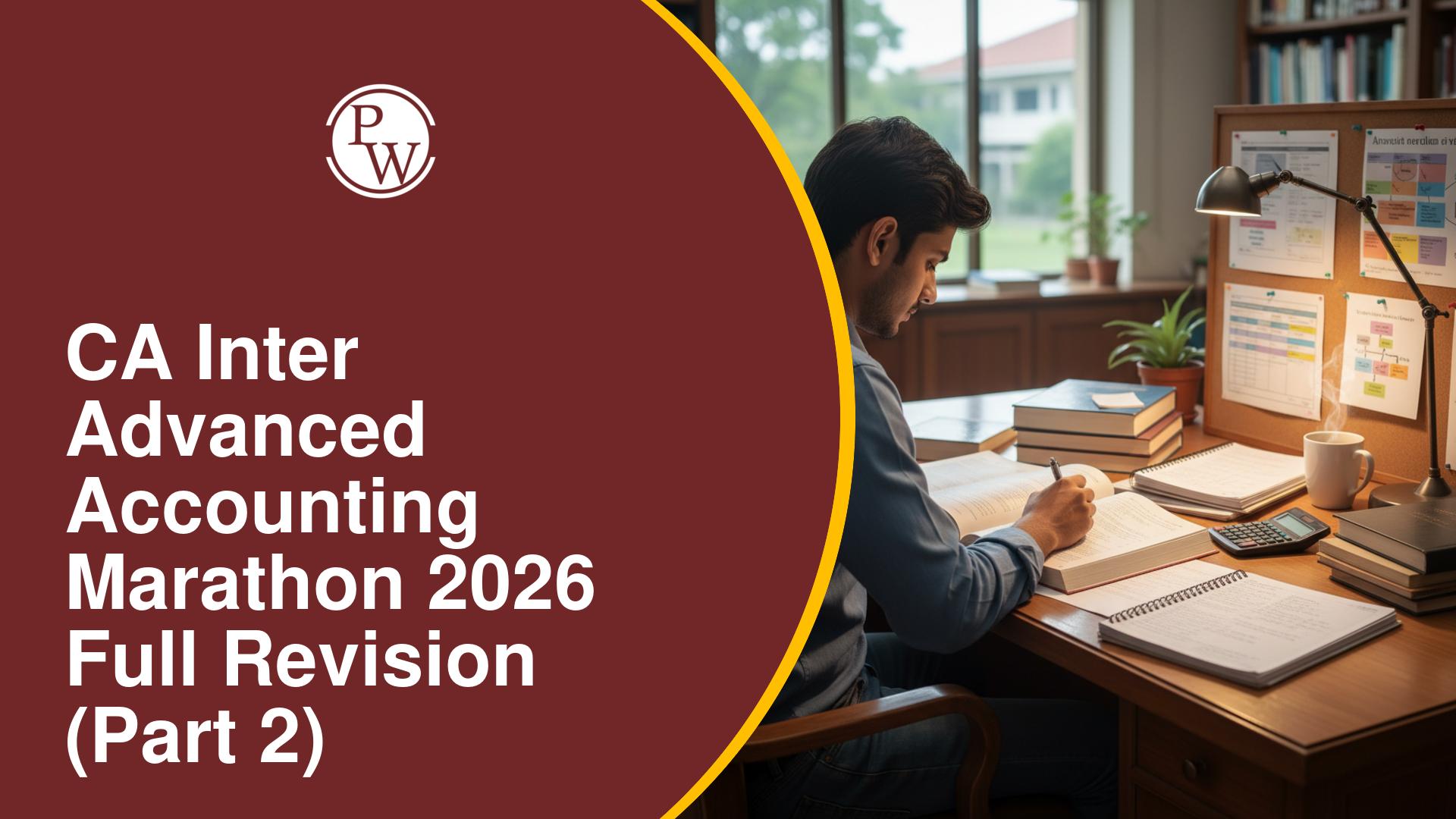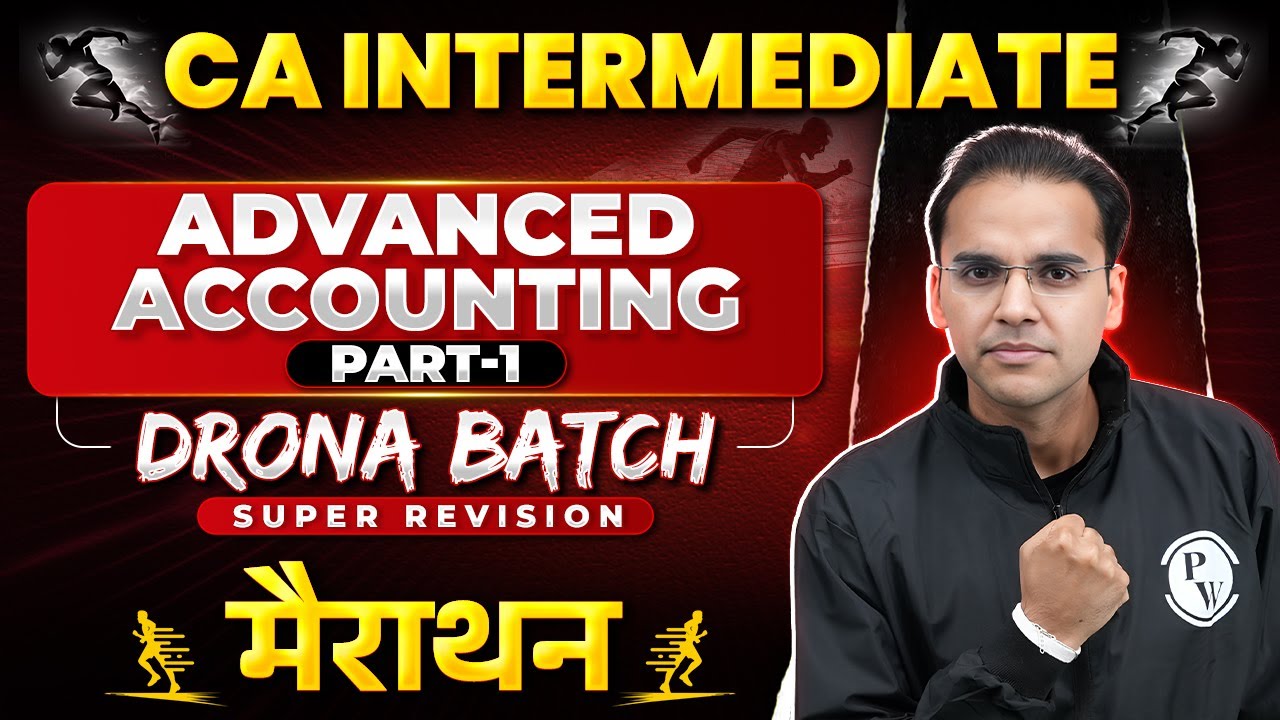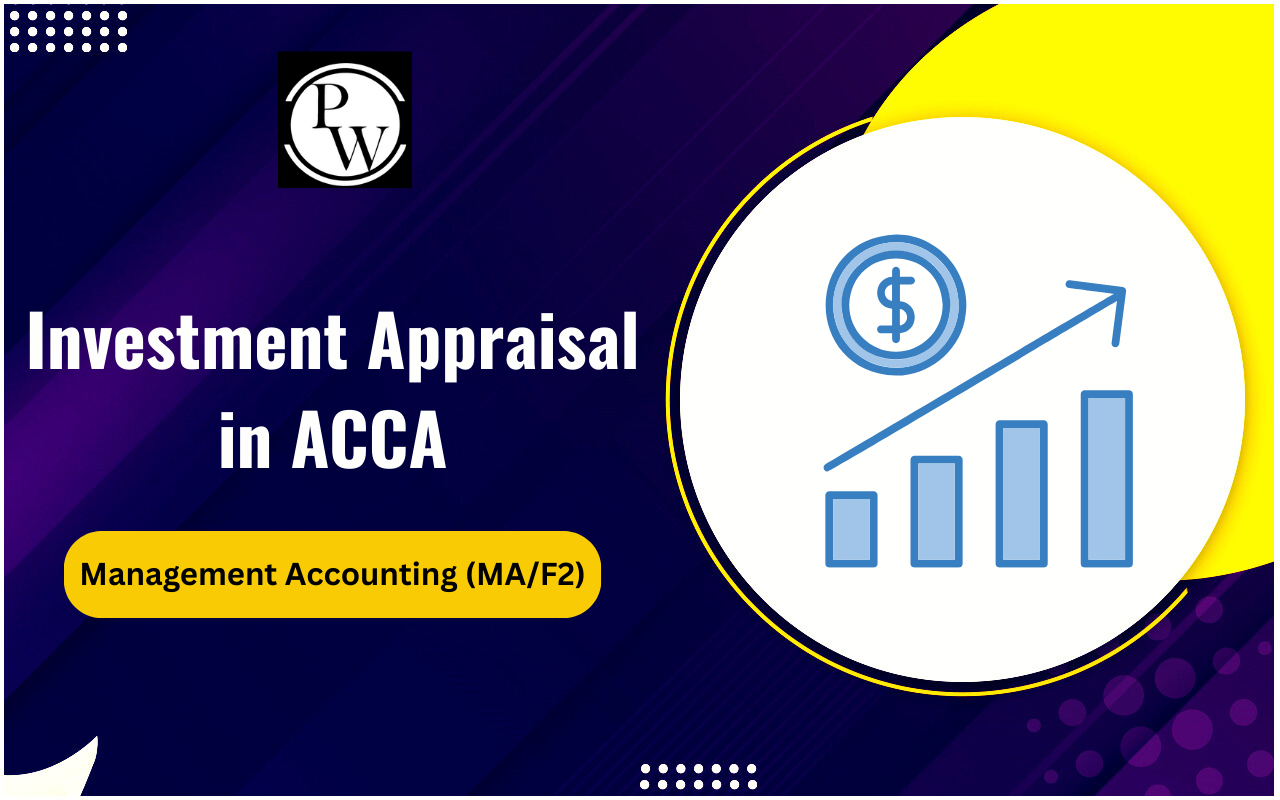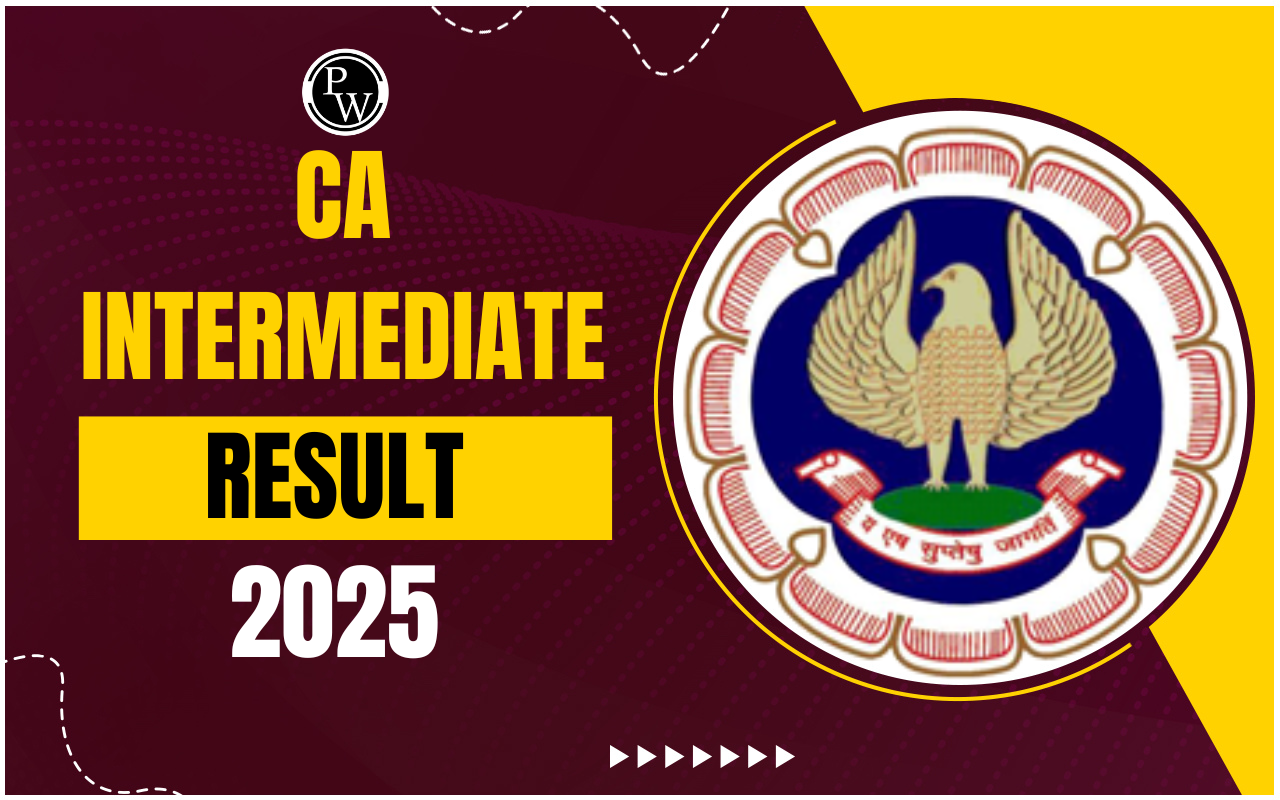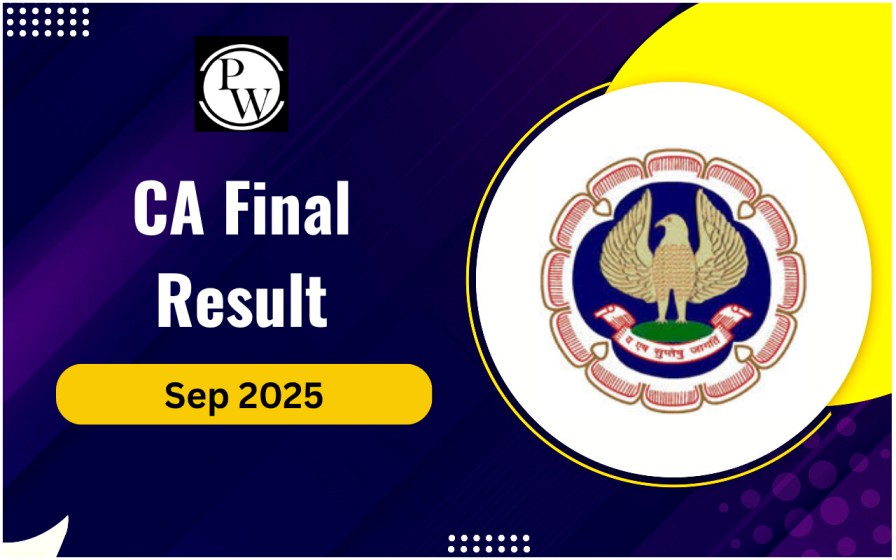
IT Audit and Controls: Information Technology (IT) is integral to modern business operations, ensuring efficiency and security. Mastering IT Audit and Controls is essential for graduate students preparing for the CA Exam. This article aims to provide a deep understanding of this critical topic, helping you excel in your studies and future career.
What is IT Audit and Controls?
IT Audit and Controls involve evaluating and ensuring an organisation's IT infrastructure's integrity, reliability, and security. The primary goal is to protect sensitive information and ensure compliance with regulations. An IT audit assesses the systems in place, identifies vulnerabilities, and recommends improvements. Controls are the safeguards and protocols designed to mitigate risks and enhance system performance.Importance of IT Audit and Controls
Understanding IT Audit and Controls is crucial for several important reasons:Data Protection
The primary goal of IT audits and controls is to protect sensitive information from unauthorized access. This means ensuring that only people with the right permissions can access certain data. By safeguarding this information, organizations can prevent data breaches, which can lead to significant financial losses and damage to their reputation.Regulatory Compliance
Many industries have specific laws and standards they must follow to protect data and ensure privacy. IT audits help organizations ensure they are adhering to these regulations. Compliance not only avoids legal penalties but also builds trust with customers and partners by showing that the organization is serious about data protection.Operational Efficiency
Efficient IT systems are crucial for smooth business operations. IT audits help identify and fix problems within these systems, reducing downtime and improving overall performance. When systems run smoothly, employees can work more efficiently, leading to better productivity and customer satisfaction.Risk Management
Every organization faces various risks, such as cyber-attacks or system failures. IT audits and controls help identify these risks early on and implement measures to mitigate them. By proactively managing risks, organizations can avoid potential disruptions and ensure business continuity.Also Read: Cost Concept In Accounting and Economics
Types of IT Audits
IT Audits can be categorized into several types, each focusing on different aspects of IT infrastructure:1. System and Application Audits
These audits assess the effectiveness and security of specific applications and systems. They ensure that the software functions correctly and securely.2. Information Processing Facilities Audits
This type focuses on the physical and environmental controls that protect IT infrastructure, such as data centers.3. Systems Development Audits
These audits evaluate the processes and controls involved in developing new IT systems to ensure they meet security and performance standards.4. Management of IT and Enterprise Architecture Audits
These audits review the organization's IT governance and how well IT aligns with business objectives.Components of IT Controls
Effective IT Controls are essential for a robust IT audit framework. They include:1. Preventive Controls
Designed to prevent errors and unauthorized access before they occur. Examples include user authentication and antivirus software.2. Detective Controls
These controls identify and alert the organization to errors or irregularities after they occur. Examples include intrusion detection systems and regular audits.3. Corrective Controls
These controls are implemented to correct errors and mitigate damages. Examples include data backup and recovery procedures.How to Conduct an IT Audit
Conducting an IT Audit involves several steps:1. Planning
Define the scope and objectives of the audit. Understand the IT environment and identify key areas of focus.2. Data Collection
Gather information through interviews, document reviews, and system analysis.3. Evaluation
Assess the collected data against established criteria to identify weaknesses and areas for improvement.4. Reporting
Compile the findings into a comprehensive report, providing recommendations for enhancing IT controls and overall security. Preparing for the CA exam requires a solid understanding of complex subjects like IT Audit and Controls. PW CA Coaching offers specialized courses and resources designed to help you master these topics. With expert guidance and practical training, you can confidently tackle the CA exam and embark on a successful career.| Also Check | |
| Internal Audit | Internal Audit Function Effectiveness |
| Types of Audit | Performance Audit |
| Difference Between Accounting and Accountancy | External Audit |
IT Audit and Controls FAQs
What is the purpose of an IT audit?
What are preventive IT controls?
Why is regulatory compliance important in IT audits?
How do IT audits improve operational efficiency?


